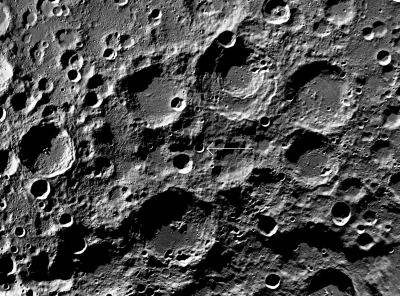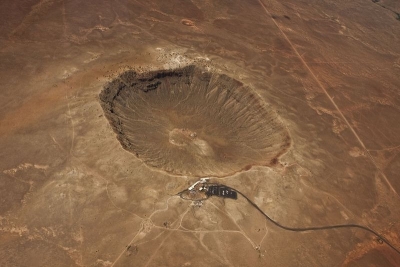Why does moon has thousands of craters?

A crater is formed when a small space body such as an asteroid or a meteor collides with the surface of a planet or a moon. The Earth and the Moon both have many craters but the chances of Earth being hit by a space body is far more than the Moon due to its large size. However, despite its size, the moon has thousands of craters while we know of only 180 on Earth. Why?
Both Earth and Moon have been hit many, many times by small space bodies throughout their existence. However, the Earth has processes that can erase almost all evidence of a crater, unlike the Moon. The three processes are:
Erosion
The Earth has water (rain, floods), plants (break up earthen materials) and weather (wind, etc.) which can act together and erode over a period of time erosion can break a crater down to almost nothing.
The Moon on the other hand has no erosion because it has no atmosphere. This means it has no wind, no water and definitely no plants that can erode its surface and remove marks off its surface.
Tectonics
Tectonics are processes that cause Earth’s surface to form new rocks and get rid of old ones due to their shifting around over millions of years. Because of this, Earth’s surface is recycled many times throughout its existence, leaving it with very few rocks that are as old as those on the Moon. Since the Moon has not had tectonics for billions of years, it has a lot of time to stay put.
Volcanism
Volcanic flows on Earth can cover up impact craters. This is also the way may impact craters get covered in other parts of the solar system. While the Moon had large volcanic flows in the past that covered up most of its craters, it hasn’t had volcanism in nearly three billion years!
Picture Credit : Google













